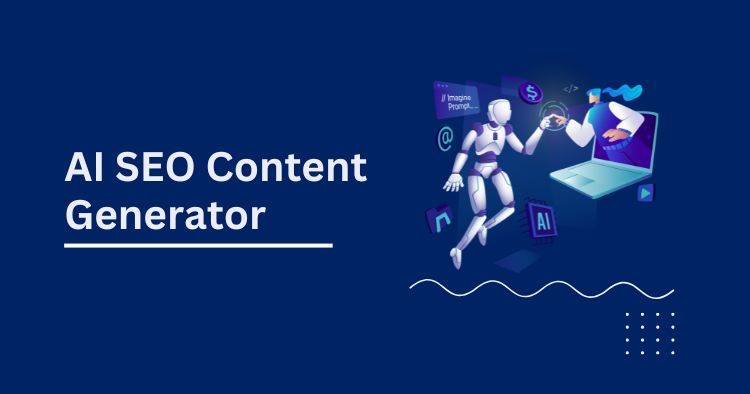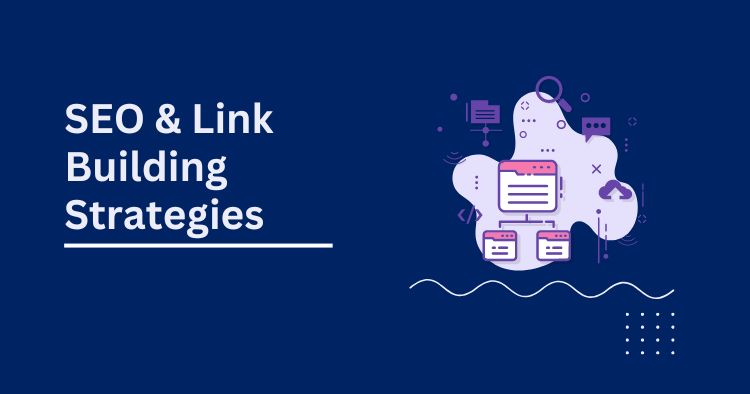Best AI Logo Generator: Top Tools For Creating Stunning Logos
Creating a logo for your business or project was once a complex and time-consuming task that required the expertise of a graphic designer. However, thanks to advances in artificial intelligence (AI), logo design has become more accessible. In this article, we’ll explore AI logo generators, how they work, and how they simplify logo design for everyone. The Rise of AI Logo Generators Traditionally, logo design meant hiring designers and going through multiple design iterations, which could be expensive and time-consuming. With the advent of AI, this process has changed significantly. Historical Perspective: In the past, businesses relied heavily on graphic designers who would create logos from scratch. This process often involved several back-and-forths to get the design just right. The Advent of AI: AI logo generators have transformed logo design. They use machine learning algorithms to quickly and affordably generate logos. How AI Logo Generators Work AI logo generators operate by analyzing user preferences and generating logos based on those preferences. Understanding the Process: Users provide input, such as preferred colours, styles, and symbols. The AI system then uses this information to create a logo draft. User-Friendly Interface: These tools are designed to be user-friendly, making it easy for anyone, even those without design experience, to create logos. Benefits of AI Logo Generators AI logo generators offer several advantages, making them a popular choice for businesses and individuals. Cost-Efficiency: Using an AI logo generator is often more affordable than hiring a professional designer, especially for small businesses or startups on a tight budget. Speed and Convenience: Logo design can be completed in minutes with AI generators, providing a quick solution for businesses with time constraints. Top AI Logo Generators Several AI logo generators are available, each with its unique features and benefits. Looka (formerly Logojoy) Overview: Looka uses AI to generate logos based on user preferences. User Experience: Users input their preferences, and the AI system creates a logo draft. Customization: Logos can be further customized after generation. Hatchful by Shopify Overview: Hatchful is Shopify’s logo generator tool. Variety: It offers a wide range of logo templates and styles. Industry-Specific: Users can find templates tailored to their specific industry. Tips for Using AI Logo Generators While AI logo generators offer convenience, here are some tips for making the most of these tools. The clarity in Design Preferences: Clearly define your design preferences, including colour, style, and any specific elements you want in your logo. This helps the AI generator understand your vision. Multiple Iterations: Experiment with multiple iterations and combinations to find the logo that best represents your brand. Don’t be afraid to try different styles and options. AI Logo Generators vs. Professional Designers AI logo generators offer affordability and convenience, but they have limitations compared to professional designers. AI Logo Generators: Cost-effective. Quick and convenient. Limited to predefined templates. Professional Designers: Highly customized. Expensive. Time-consuming. Customization and Brand Identity While AI logo generators provide speed and affordability, it’s essential to ensure that the generated logo aligns with your brand identity. Tailoring Your Logo: Customize the generated logo to make it unique and representative of your brand. This may involve tweaking colours, fonts, or design elements. Further Customization: Most AI-generated logos can be further refined or customized by a professional designer if needed, ensuring that your logo perfectly matches your brand identity. Legal Considerations Before finalizing your logo, consider the legal aspects to prevent future complications. Ownership of the Logo: Check the terms of service of the AI logo generator to understand who owns the rights to the generated logo. Ensure that you have the necessary rights to use it for your brand. Trademark and Copyright: Conduct thorough trademark searches to ensure your logo doesn’t resemble any registered trademarks or existing brands. Avoid potential legal disputes down the road. The Future of AI in Logo Design The future holds exciting possibilities for AI logo generators as technology continues to advance. Advancements: As AI technology evolves, logo generators may become even more sophisticated, offering highly customized and creative designs. AI-Generated Branding: In the future, AI may play a more significant role in crafting entire brand identities, including slogans, colour schemes, and marketing strategies. Conclusion AI logo generators have democratised logo design, making it accessible, affordable, and efficient for businesses and individuals. While they offer speed and cost-effectiveness, it’s crucial to use them thoughtfully, ensuring that the final logo aligns with your brand identity and complies with legal considerations. As AI technology advances, these tools will continue to evolve, potentially becoming integral to businesses and individuals’ branding and design processes. Seo for startups | Ai copywriting tools | Ai logo generators | E commerce Inventory Management | Saas ppc strategies | What is ai blogging | AI Powered SEO | What is wix analytics | What is b2c seo | Ai seo content generator | Ai is Transforming E Commerce | Ai Semantic SEO | AI for SEO Optimization | AI SEO Prompts | Structured Content AI | What is cluster ai seo | AI SEO for Healthcare | AI SEO for Restaurant | AI SEO Software Tool | AI Replace SEO | AI Content for SEO | AI is Going to Change SEO | Automated AI SEO Tools | Local SEO AI | AI the End of SEO | Can SEO be Done by AI | AI Content Good for SEO | SEO and AI Search | Semantic SEO with AI | AI in Local SEO Frequently Asked Questions What is an AI logo generator? An AI logo generator is a tool powered by artificial intelligence that creates logos based on user preferences and input, making logo design quick and accessible. Are AI-generated logos unique? AI-generated logos are based on predefined templates and user input, so while they can be customized, they may lack the uniqueness and creativity of logos designed by professional graphic designers. How do AI logo generators compare to professional designers? AI logo generators are cost-effective and convenient but have limitations in customization. Professional designers offer highly
Best AI Logo Generator: Top Tools For Creating Stunning Logos Read More »










